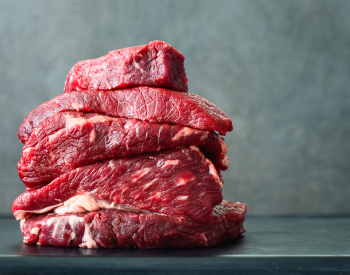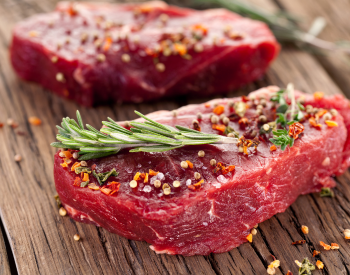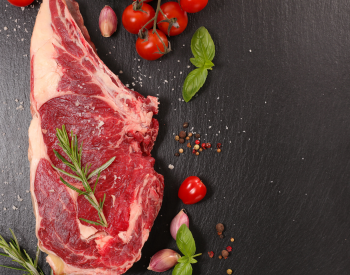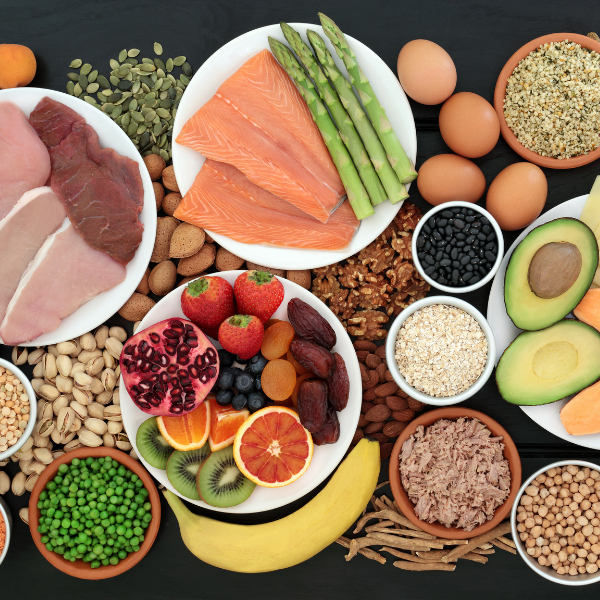As steak lovers, we often come across terms like "Prime," "Choice," and
"Select" when browsing through the meat section at the grocery store or
dining at a fancy restaurant. These terms refer to the different grades
of beef, which play a crucial role in determining the quality and
tenderness of the meat. Understanding beef grades can help you make
informed choices when purchasing beef and ensure a delectable dining
experience. In this article, we will delve into the various grades of
beef and shed light on their significance.
Prime Grade
The crème de la crème of beef grades, "Prime" represents the highest level of marbling, tenderness, and flavor. This grade is predominantly reserved for high-end steakhouses and is typically sourced from young, well-fed cattle. Prime beef is marbled with intramuscular fat, which enhances its juiciness and imparts a buttery texture. Due to its superior quality, Prime beef is often more expensive than other grades and is ideal for special occasions or steak enthusiasts who crave a melt-in-your-mouth experience.
Choice Grade
The "Choice" grade is the next tier below Prime and remains popular for restaurants and home cooks. This grade offers excellent flavor, tenderness, and juiciness, though it may not have as much marbling as Prime beef. Choice-grade steaks are still high quality, making them a great option for those seeking a premium beef experience without breaking the bank.
Select Grade
"Select" grade beef is the most common grade found in supermarkets. It is leaner than Prime and Choice, resulting in slightly less marbling and tenderness. While Select grade beef lacks the same level of richness as Prime and Choice, it still provides a satisfying beef flavor. It's a suitable option for budget-conscious consumers or dishes where tenderness isn't the top priority, such as stews and braises.
Standard Grade
Slightly below Select, "Standard" grade beef is usually sold to foodservice providers and may not be readily available to the general public. It has limited marbling and can be slightly tougher than the higher grades. Standard grade beef is best suited for further processing or grinding, rather than steaks or premium cuts.
Commercial Grade
One step above Utility grade, "Commercial" grade beef is often used for processed meat products like ground beef and sausages. It lacks the marbling and tenderness needed for enjoyable steaks, making it a more cost-effective option for manufacturers and bulk meat buyers.
Utility Grade
"Utility" grade beef is primarily used in canned or frozen products, where the tenderness and marbling of the meat are of lesser importance. It is not typically sold directly to consumers and is primarily used in processed foods.
How Is Beef Graded?
Beef grading is a systematic process that assesses the quality and characteristics of beef carcasses to classify them into different grades. The grading process is typically carried out by trained professionals, often USDA (United States Department of Agriculture) inspectors, in a controlled environment like a processing plant. Two primary grading systems are widely used: quality grades and yield grades.
- Quality grades: Quality grading focuses on the eating characteristics of the beef, primarily based on marbling, which refers to the intramuscular fat found within the meat. The most common quality grades in the US are Prime, Choice, Select, Standard, Commercial, and Utility. These grades are determined by inspecting the rib-eye muscle for the marbling and maturity of the animal. The degree of marbling is a key factor in differentiating higher-quality grades (Prime and Choice) from lower ones (Select and below). Prime grade beef exhibits abundant marbling, resulting in exceptional tenderness, juiciness, and flavor, while Select grade has less marbling and is leaner.
- Yield grades: Yield grading, on the other hand, assesses the quantity of lean, closely trimmed retail cuts that can be obtained from the carcass. This process involves measuring the amount of external fat, the size of the rib, eye muscle, and the overall weight of the carcass. Yield grades range from 1 to 5, with 1 being the highest yield and 5 being the lowest. A lower yield grade indicates a higher proportion of usable meat from the carcass, making it more desirable for commercial use.
These grading systems play a crucial role in ensuring consistency in the beef industry, enabling producers, processors, and consumers to make informed decisions based on the expected quality and yield of the beef. The grading process not only benefits stakeholders in the beef supply chain but also empowers consumers to select beef cuts that align with their preferences and requirements.
Beef Yield Grades
Beef yield grades are a crucial aspect of the beef industry, providing valuable information about the amount of usable meat that can be obtained from a particular carcass. These grades are determined by evaluating the amount of boneless, closely trimmed retail cuts (like steaks and roasts) that can be derived from the carcass. The yield grade scale typically ranges from 1 to 5, with 1 representing the highest yield (more usable meat) and 5 representing the lowest yield (less usable meat). Factors such as fat thickness, rib-eye area, and the overall carcass weight are considered when assigning a yield grade. The higher the yield grade, the more cost-effective the carcass is for producing retail cuts, making it essential for producers and processors to maximize efficiency and optimize returns in the beef supply chain.
Preserve Your Beef Cuts
Wrapping beef cuts in butcher paper holds significant importance for both the quality and preservation of the meat. Butcher paper acts as a natural barrier that shields the beef from external elements, such as air, light, and moisture, which can lead to flavor deterioration, freezer burn, and loss of texture. The breathable nature of butcher paper allows the meat to remain fresh while preventing excessive moisture buildup that can lead to bacterial growth. This traditional method of packaging enhances the beef's shelf life and ensures that its natural juices are retained, contributing to a more succulent and flavorful dining experience.
Pick The Perfect One
Next time you're at the meat counter or browsing a restaurant menu, armed with the knowledge of beef grades, you can confidently select the perfect cut of beef to suit your taste, budget, and occasion. Whether you're looking for a succulent and tender steak or a budget-friendly option for a family dinner, understanding the various grades of beef empowers you to make an informed decision that ensures a delightful culinary experience every time. Remember, each grade has its unique characteristics, and there's a delicious beef option for every palate!








